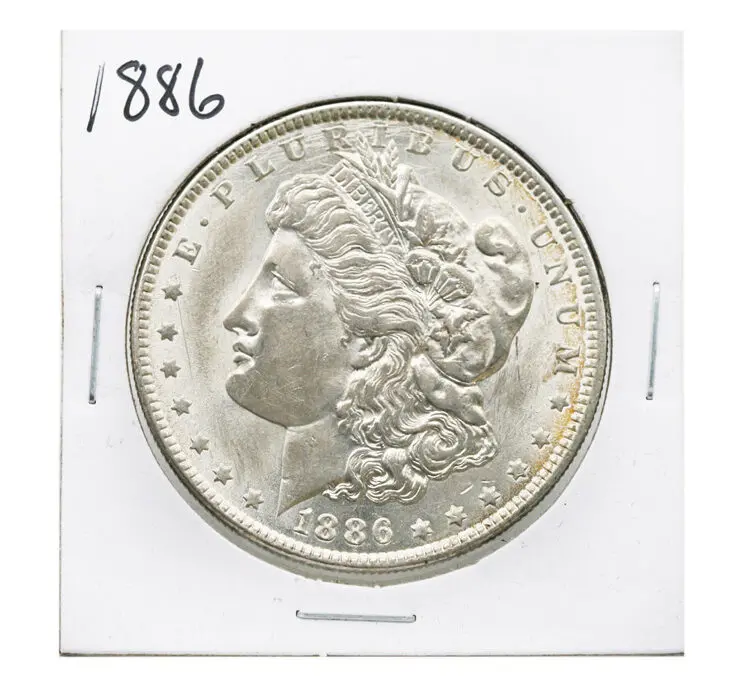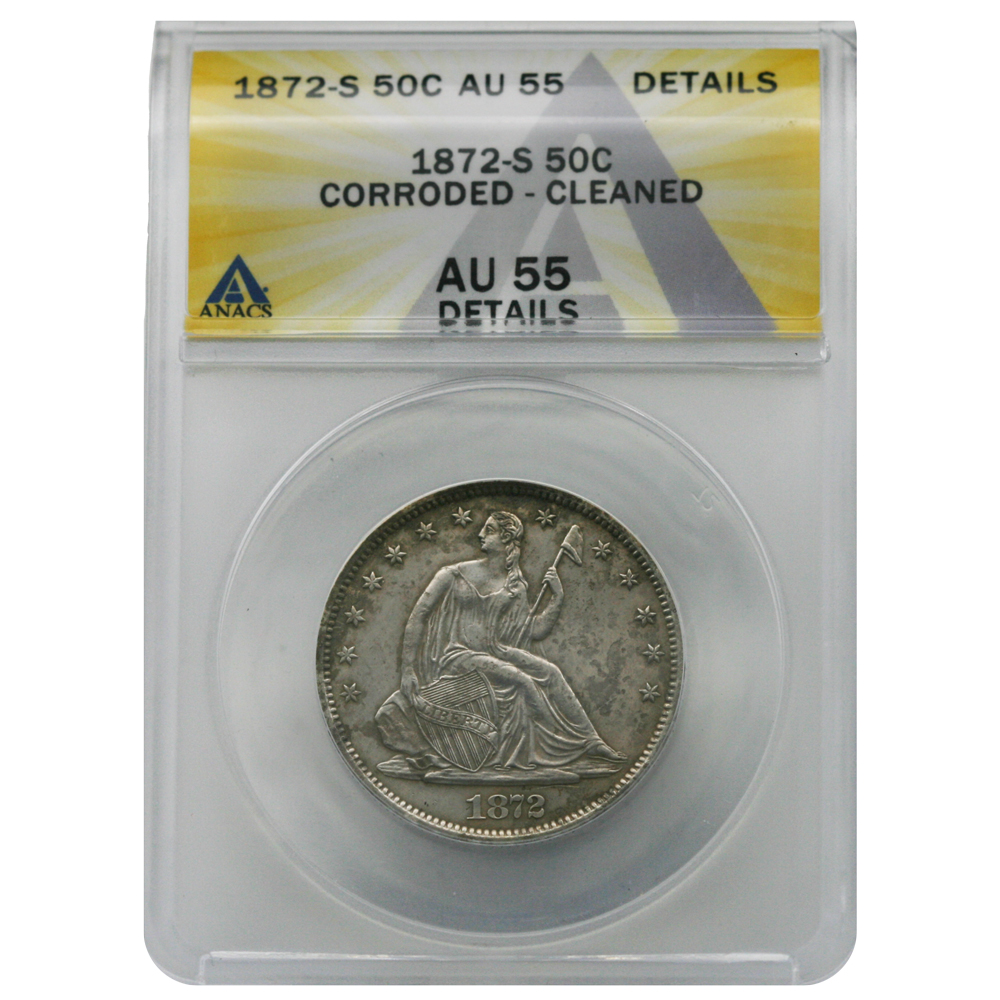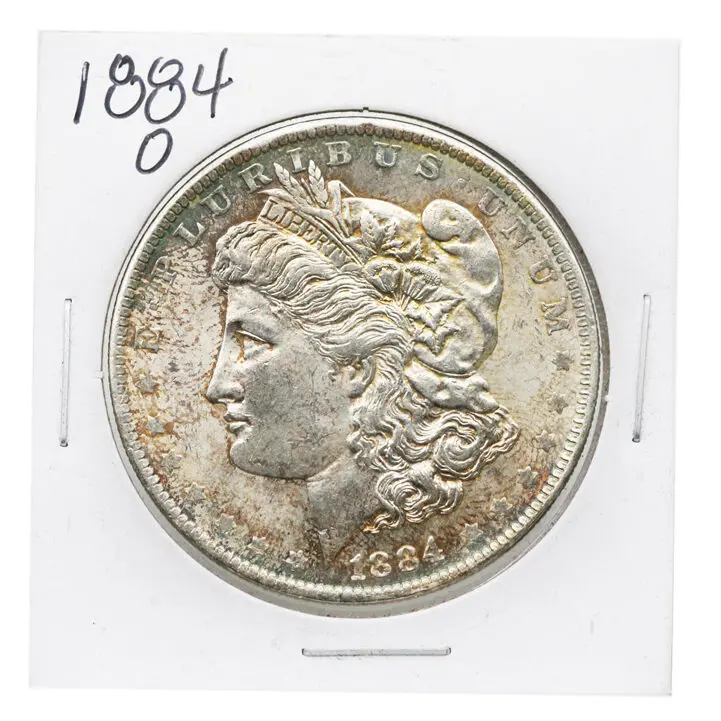Coin Overview
-
Denomination: 10 cents (Dime)
-
Date: 1916
-
Mint: Philadelphia (no mintmark)
-
Mintage: 22,180,080
-
Designer: Adolph A. Weinman
-
Composition: 90% silver, 10% copper
-
Weight: 2.5 grams
-
Diameter: 17.9 mm
-
Edge: Reeded
Design Description
Obverse:
-
Features Liberty wearing a winged cap, symbolizing freedom of thought.
-
The portrait was often mistaken for the Roman god Mercury, hence the nickname “Mercury Dime.”
-
Inscriptions: “LIBERTY”, the date (1916), and “IN GOD WE TRUST.”
Reverse:
-
Shows a fasces (a Roman symbol of authority) wrapped in olive branches, representing military preparedness and peace.
-
Inscriptions: “UNITED STATES OF AMERICA”, “ONE DIME”, and “E PLURIBUS UNUM.”
Historical Significance
-
1916 marked a major artistic shift in U.S. coinage. The Barber dime, in circulation since 1892, was replaced with Weinman’s far more stylized and symbolic design.
-
The Mercury dime series would run from 1916 to 1945, ending with FDR’s death.
-
The Philadelphia issue had the highest mintage of the three 1916 dimes, making it common but still important as the first-year type coin.
Grading: PCGS AG03 (About Good)
-
In AG03 condition, the coin is well-circulated, with heavy wear:
-
The date is still visible, though weak.
-
The outline of Liberty’s head is present but smooth.
-
On the reverse, the fasces may be mostly worn flat, but the general shape remains identifiable.
-
-
Despite its condition, it remains an authentic and collectible first-year issue.
Summary
Your 1916 Mercury Dime PCGS AG03 is a heavily circulated but historically important example of the first Mercury dime issued by the U.S. Mint. While not rare in this grade, it remains a key type coin for collectors due to its artistic debut, symbolism, and role in ushering in the modern era of U.S. coin design.








